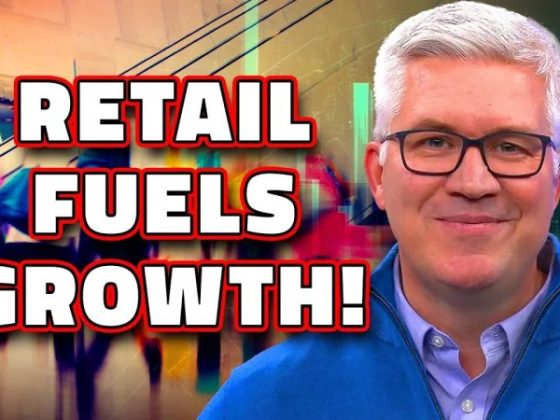Throughout history, economic fluctuations have tested the world’s resilience, with periods of remarkable recovery often following deep lows. We’re experiencing a similar scenario today, with the economy rebounding from the impacts of the ongoing health crisis. However, while there’s a notable strength off the lows, concerns still persist, highlighting the need for cautious optimism.
The driving catalysis behind this resurgence can be attributed to several factors. One key element is the impressive and promising rollout of vaccines worldwide. Countries with accelerated vaccine distribution programs have seen their economies bounce back quickly. The importance of herd immunity in the journey to economic recovery cannot be underestimated, and vaccinations play a significant role in driving this.
Additionally, government stimulus packages have strongly contributed to the economic turnaround. Substantial fiscal support has been injected into the world economies, and these relief funds have done wonders in pulling economies from their lows. From furlough schemes to grants for small businesses, this investment has provided much-needed financial resilience and job security, stimulating consumer spending and maintaining business continuity.
At the same time, the shift in strategic business models towards digitization has led to a unique form of economic strength. The transition to online modes of operation has cushioned many businesses from shutting down, hence reinforcing economic stability.
Despite witnessing strength off the lows, the road to a full recovery remains traversed by significant obstacles, concerning policymakers and economists alike. One of the primary concerns revolves around inflation. The sharp uptick in consumer spending and business activities could spark rapid inflation, eroding purchasing power and potentially leading to interest rate hikes.
Similarly, the issue of vaccine inequity remains a worry. Lower-income countries are struggling to access sufficient vaccine doses to safeguard their populations. This inequity hampers global recovery efforts and might entrench economic disparities across nations, undermining the overall rebounding performance.
The threat of subsequent waves of the virus is another concern. A resurgence of cases due to new variants is a ticking time bomb that could potentially derail recovery progress. It remains to be seen if the gains made off the lows can withstand these medical and economic challenges.
Lastly, a significant societal issue is how the pandemic has underscored and widened socio-economic equalities. The impact of COVID-19 has been profoundly uneven, disproportionately affecting vulnerable groups. Attention must be paid to ensure that the recovery process does not exacerbate these inequalities further.
Thus, while there is tangible strength off the recent economic lows, it is prudent to remain cautious. The path to recovery is fraught with notable hurdles that need to be addressed effectively to ensure sustainable, equitable progress across the world. Policymakers, business leaders, and society as a whole need to align efforts towards ironing out these concerns and shaping a resilient, inclusive post-pandemic world.











